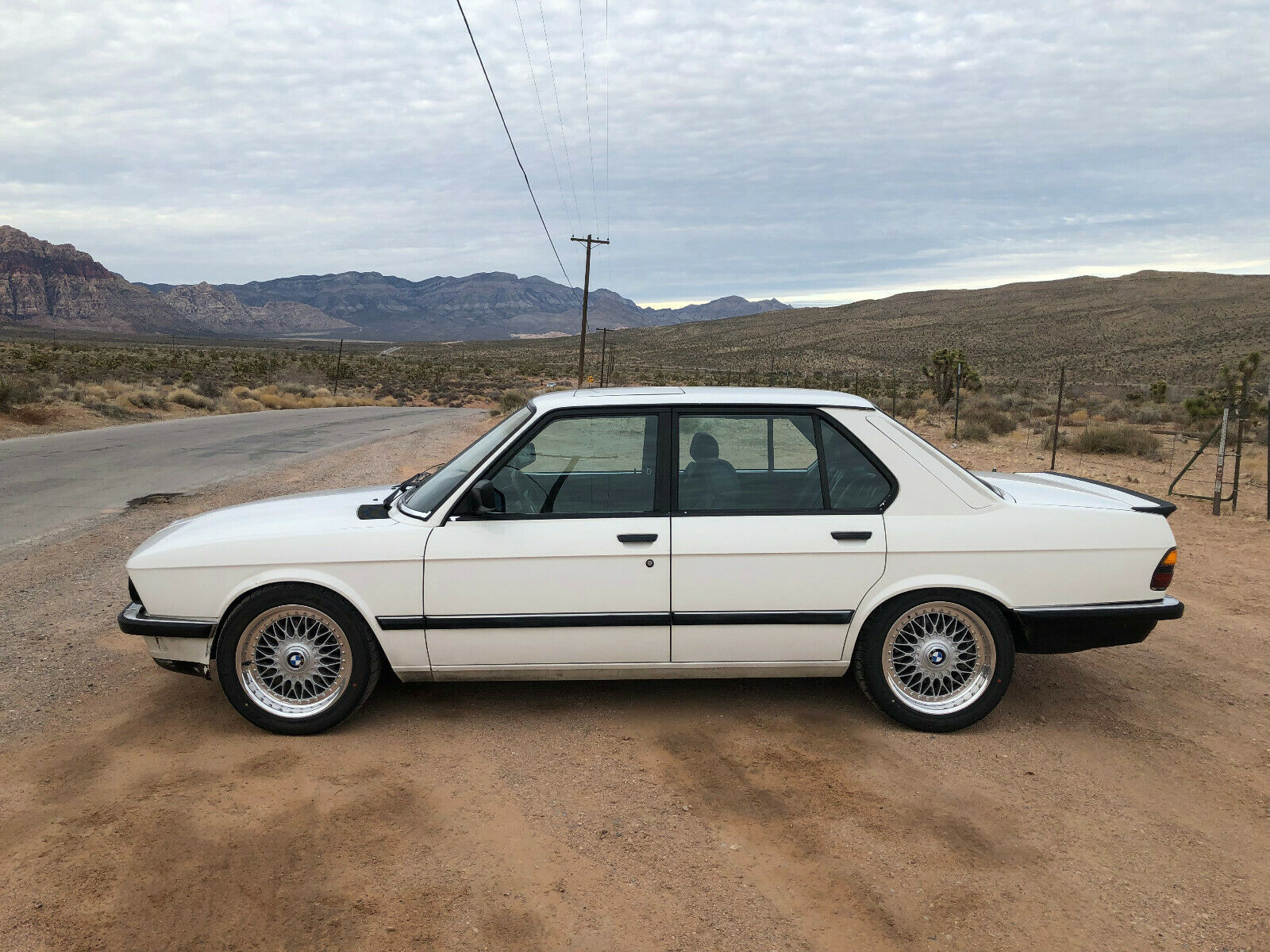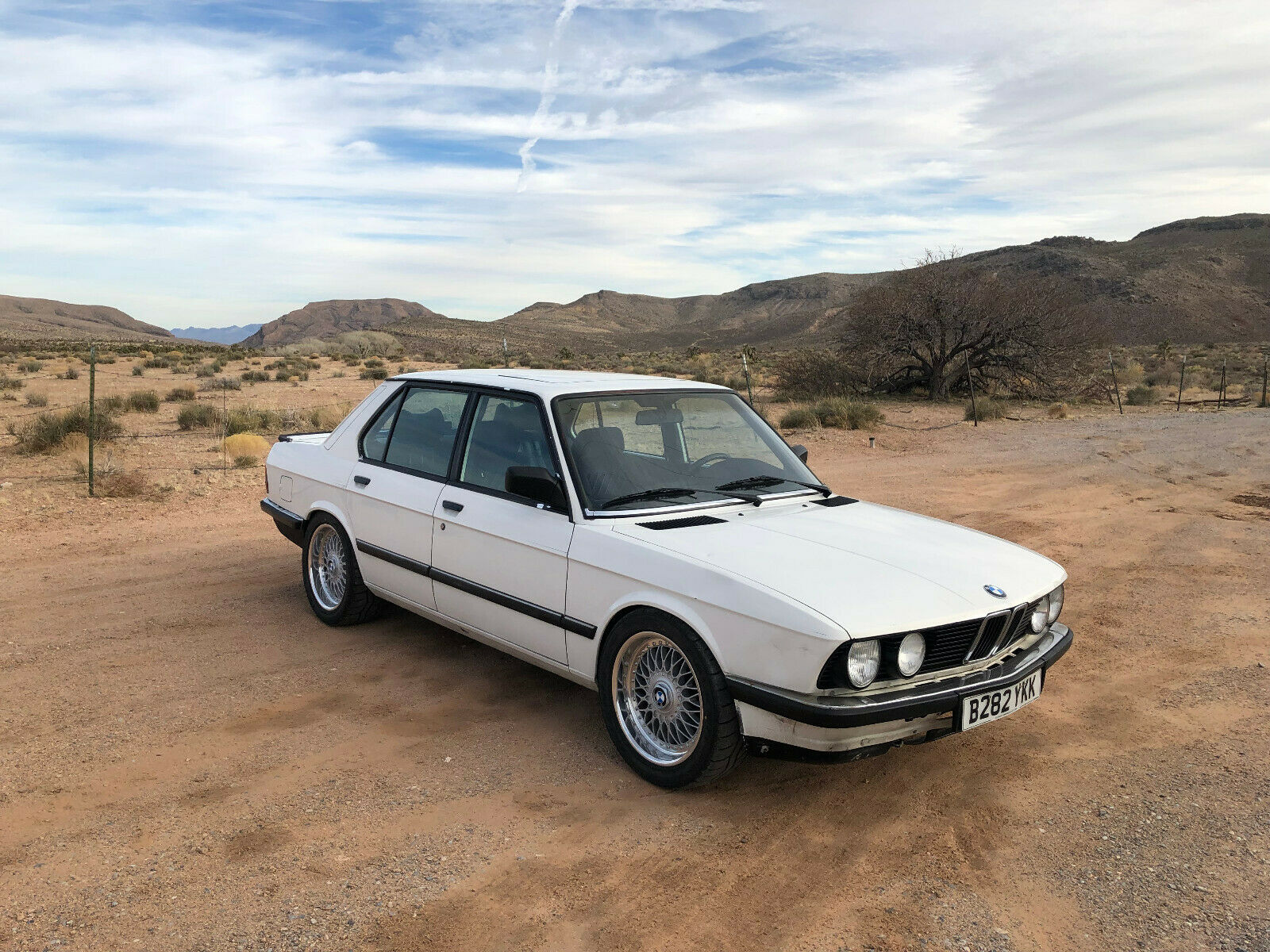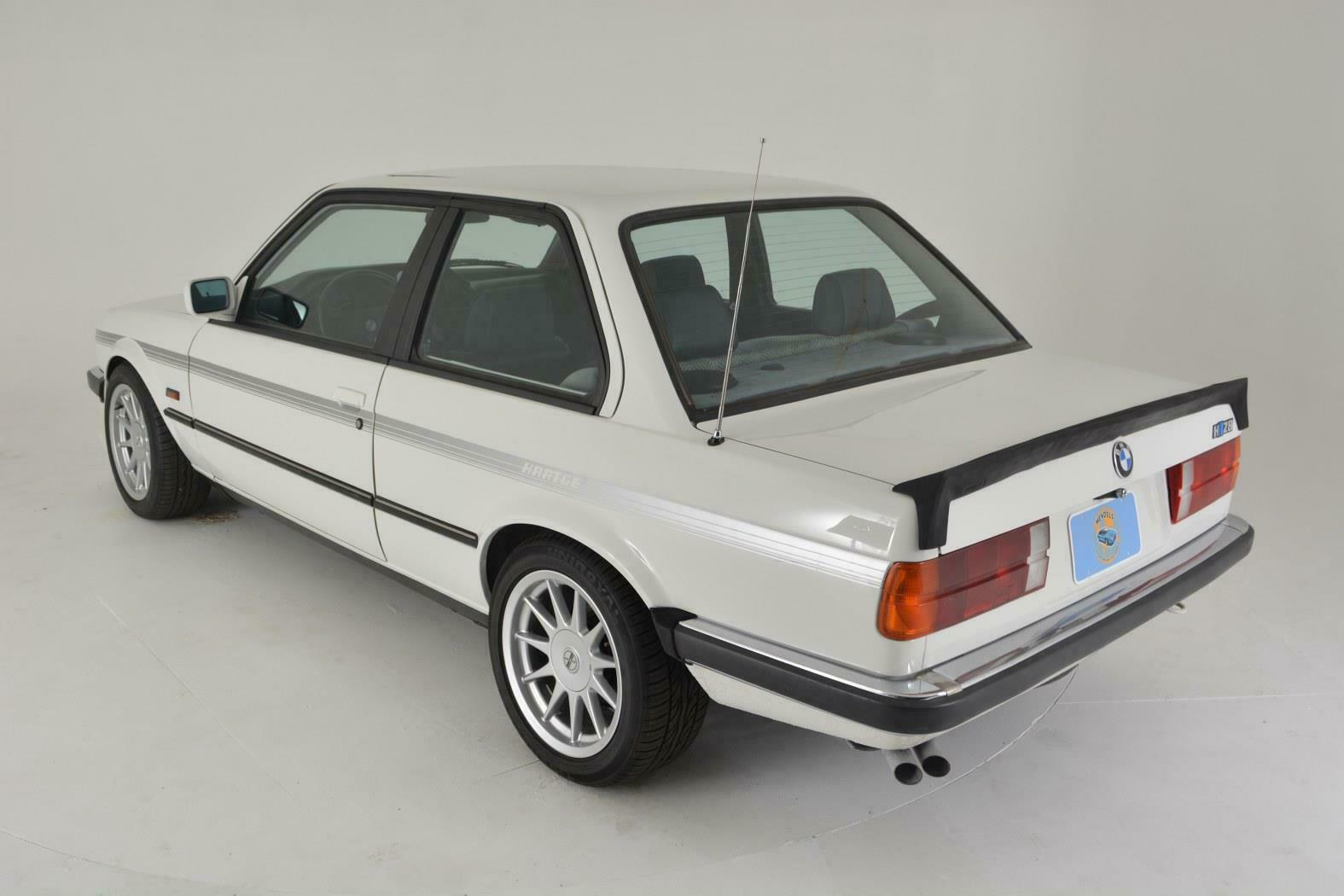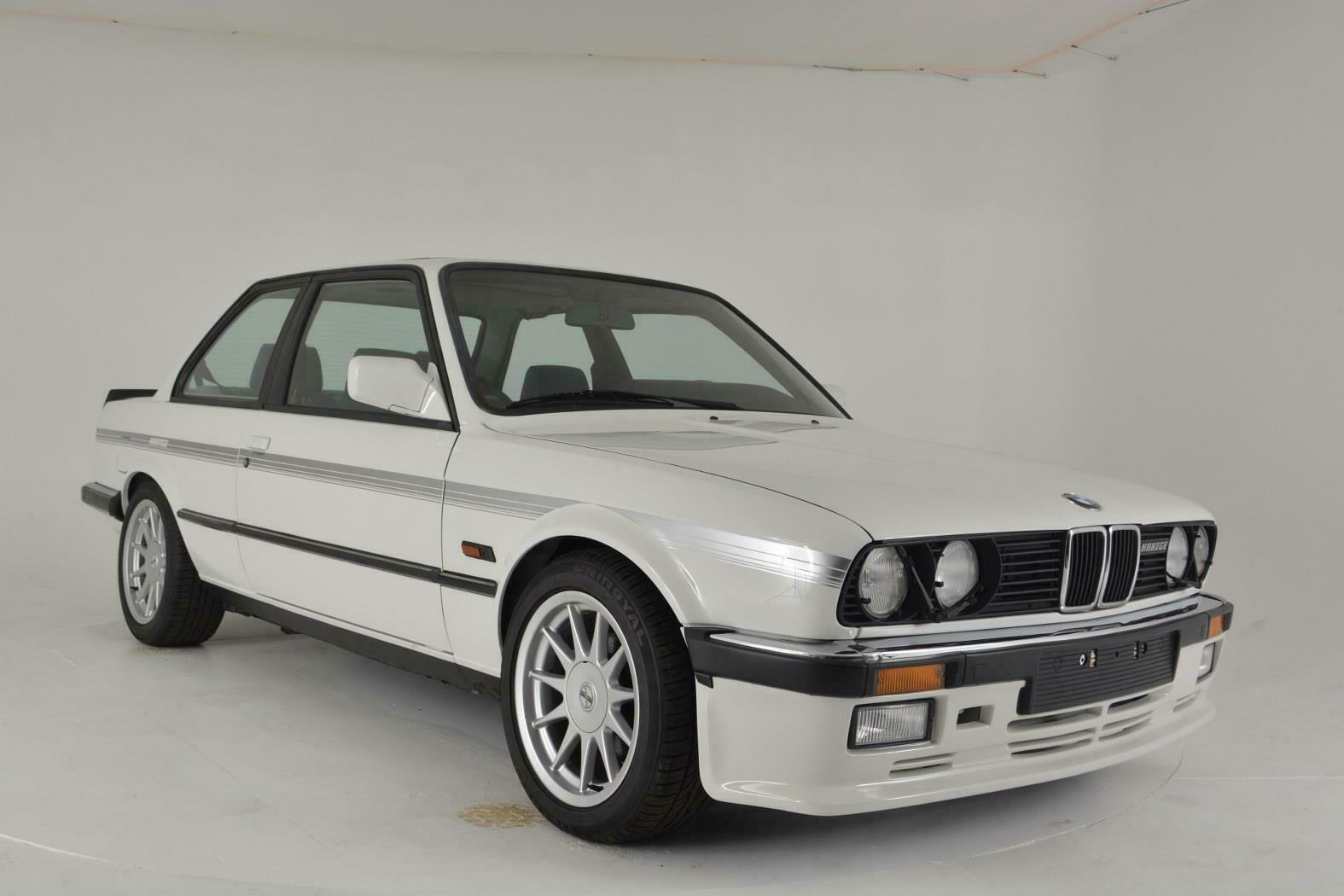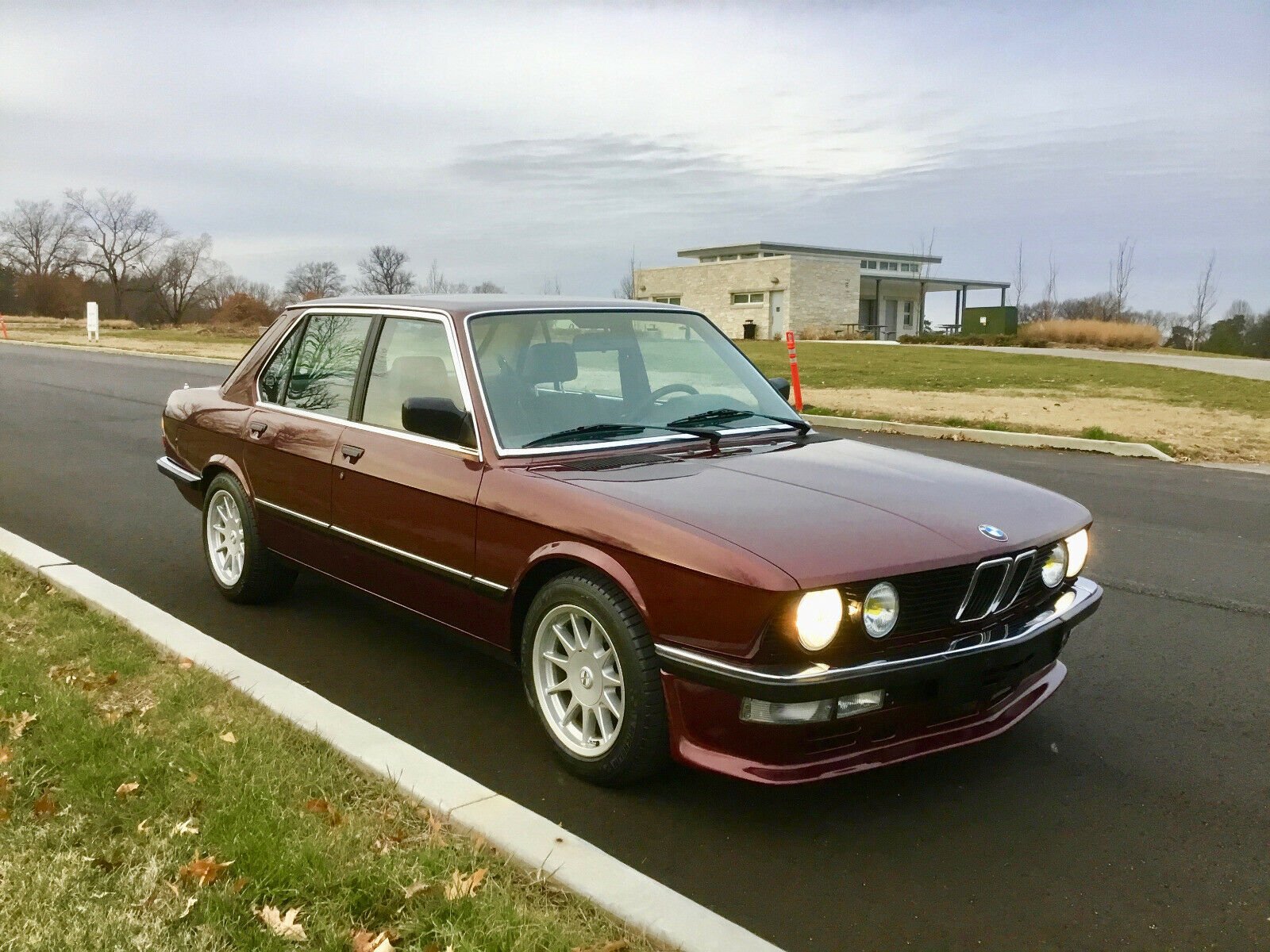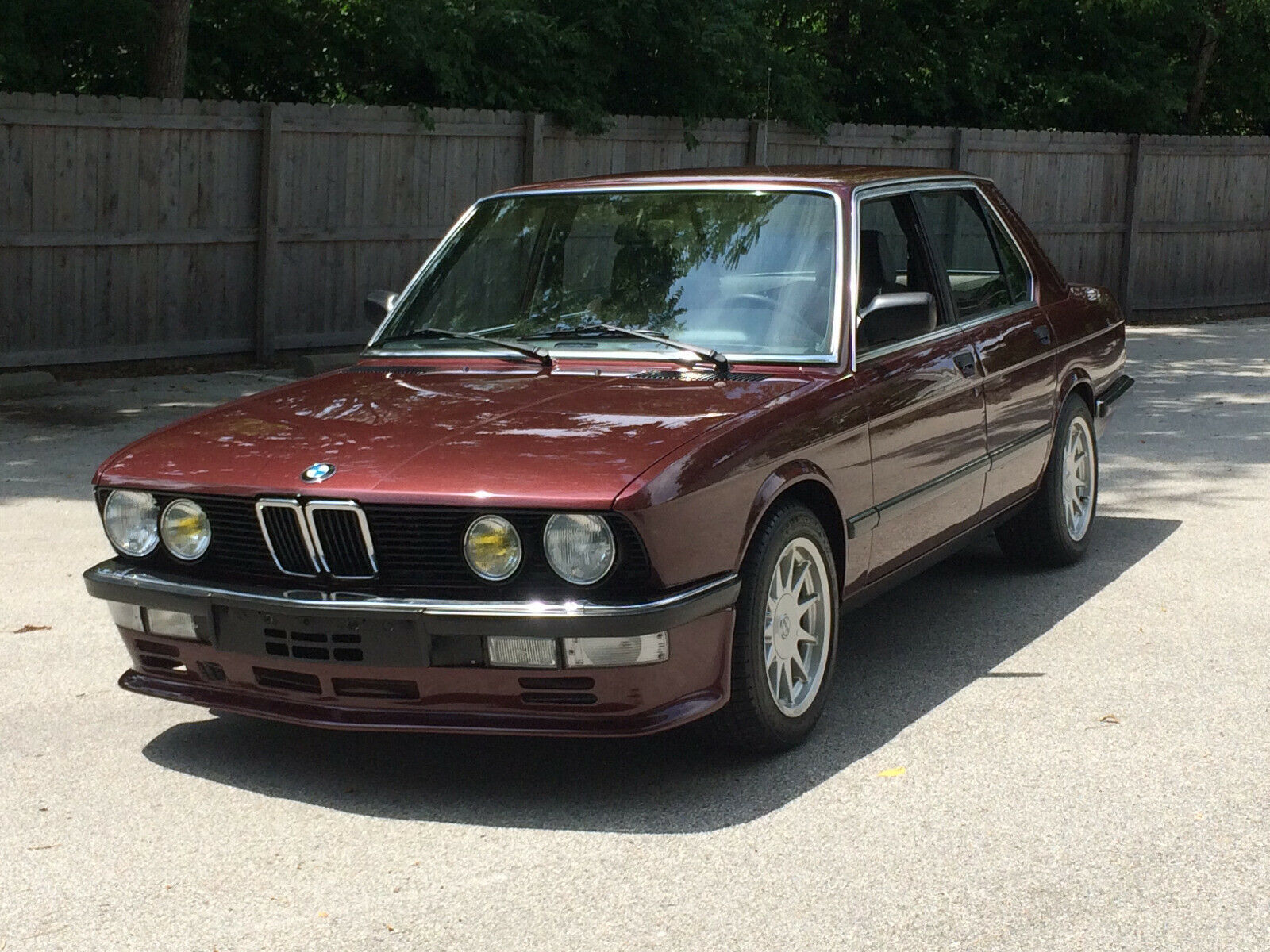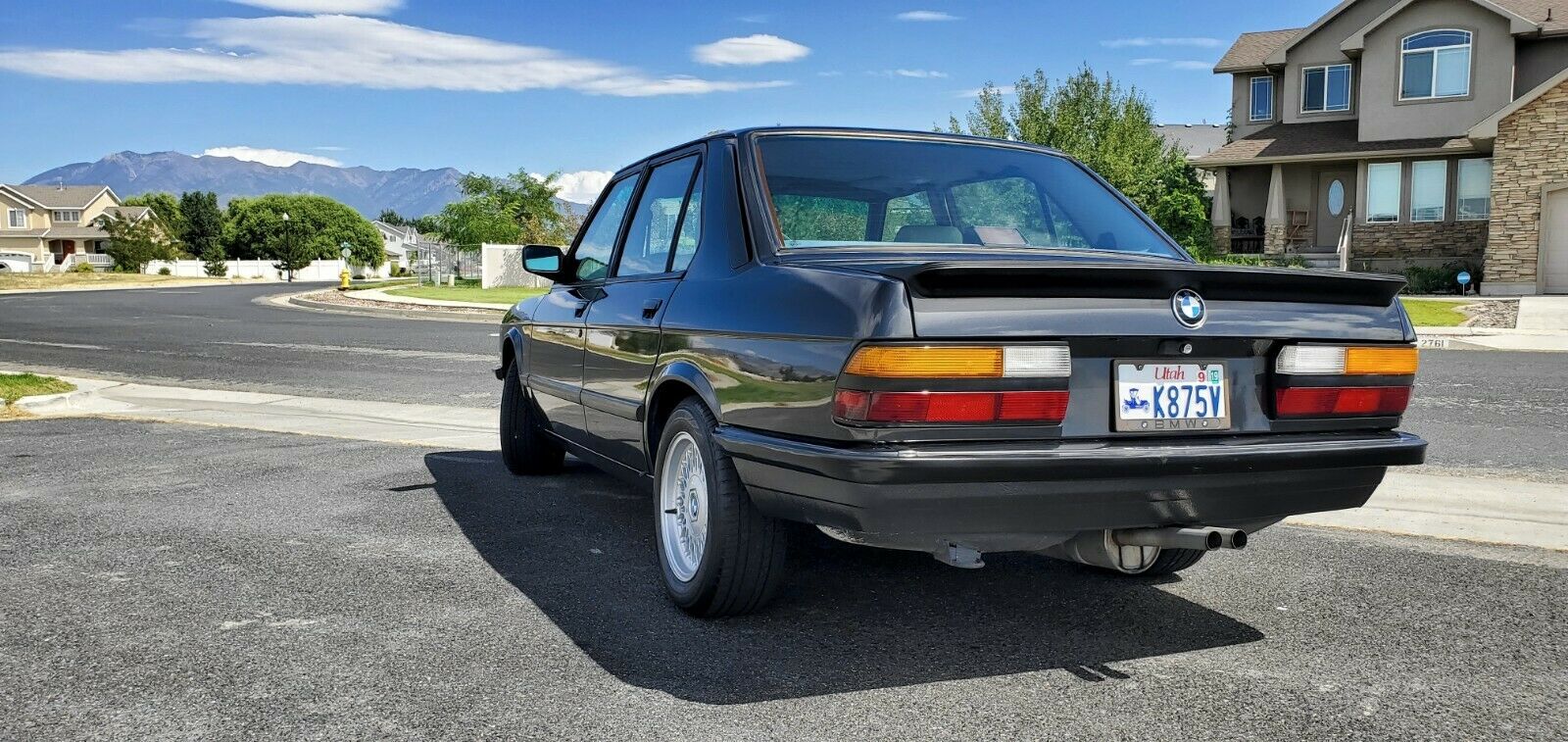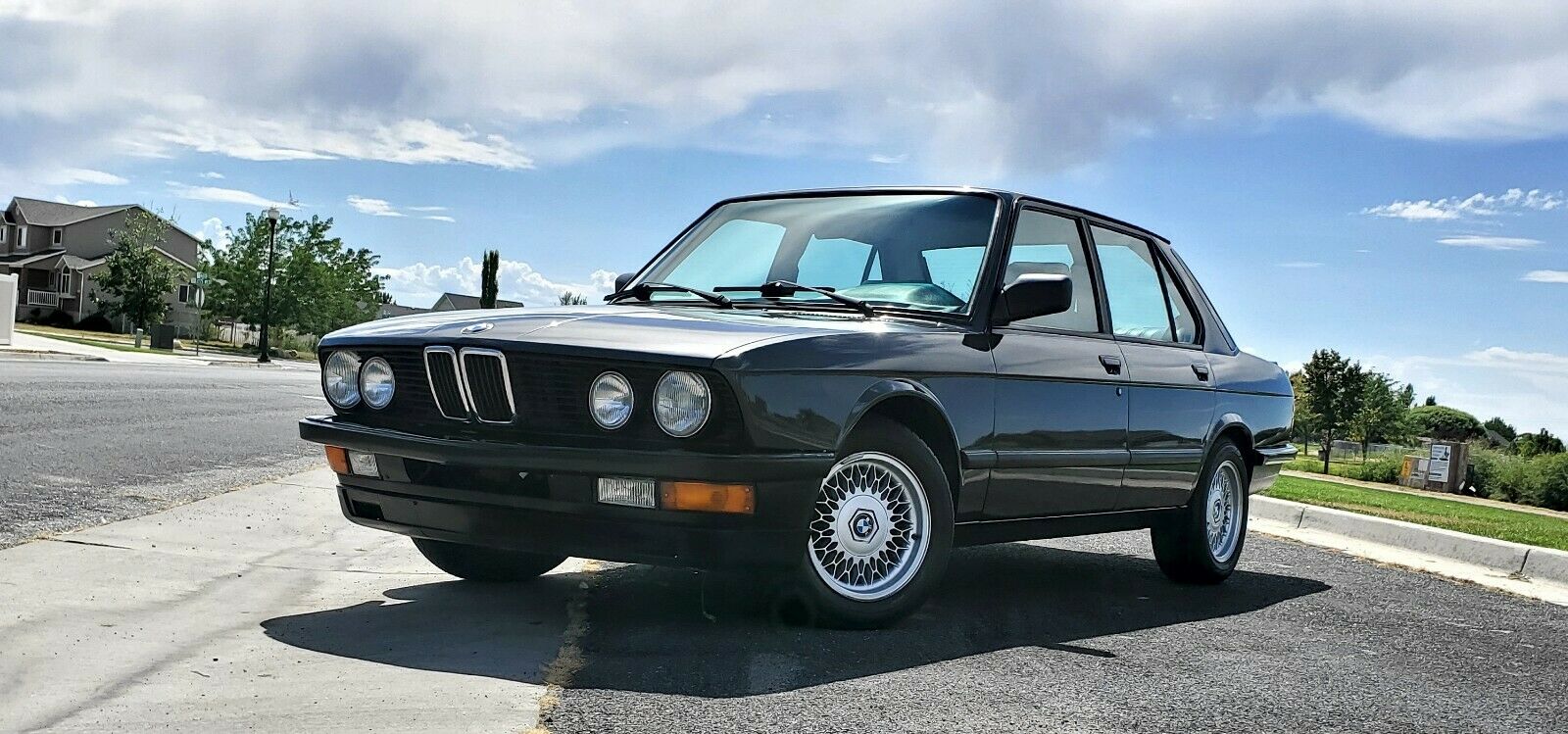Being an Audi fan, I’m aware of what a bad reputation can do to cars. In the 1970s, Audi gained a reputation for unreliability and poor electronics; perhaps justified, considering the many stories that people have about early Audi 100 ownership. However, it’s a haunting reputation that nearly 40 years on they’re still trying to shake. It looked as if by the early 2000s they had done so, but now a generation on, the cars from the Y2K generation have their own problems and have bred more discontent generally from enthusiasts on the outside looking in. The result is that it’s damn near impossible to find a nice condition Audi from the 1970s, and in just a few years we’ll see the same thing with 1990s Audis, too.
Where am I going with this, considering this is a listing for a BMW? Well, the early E12s had their own problems, but notably that was an issue in the U.S.. That’s because to meet U.S. market regulations, the E12 was made slower and more ugly. Large 5 m.p.h. bumpers were fitted, and compression on the M30 was dropped to meet lower fuel standards. Additionally, to burn off hydrocarbons to meet emissions regulations, the 530i was fitted with thermal reactor manifolds. They did as their name suggested, though the reaction unfortunately many times was with the internals of the engine – warping heads and frying valves. It was a debacle which spelled the death of the 530i, reborn as the 528i in 1979. Coupled with rust issues that this generation BMW had, it’s now quite hard to find an original U.S. spec 530i. Yet here’s a lovely one with some nice mods:

